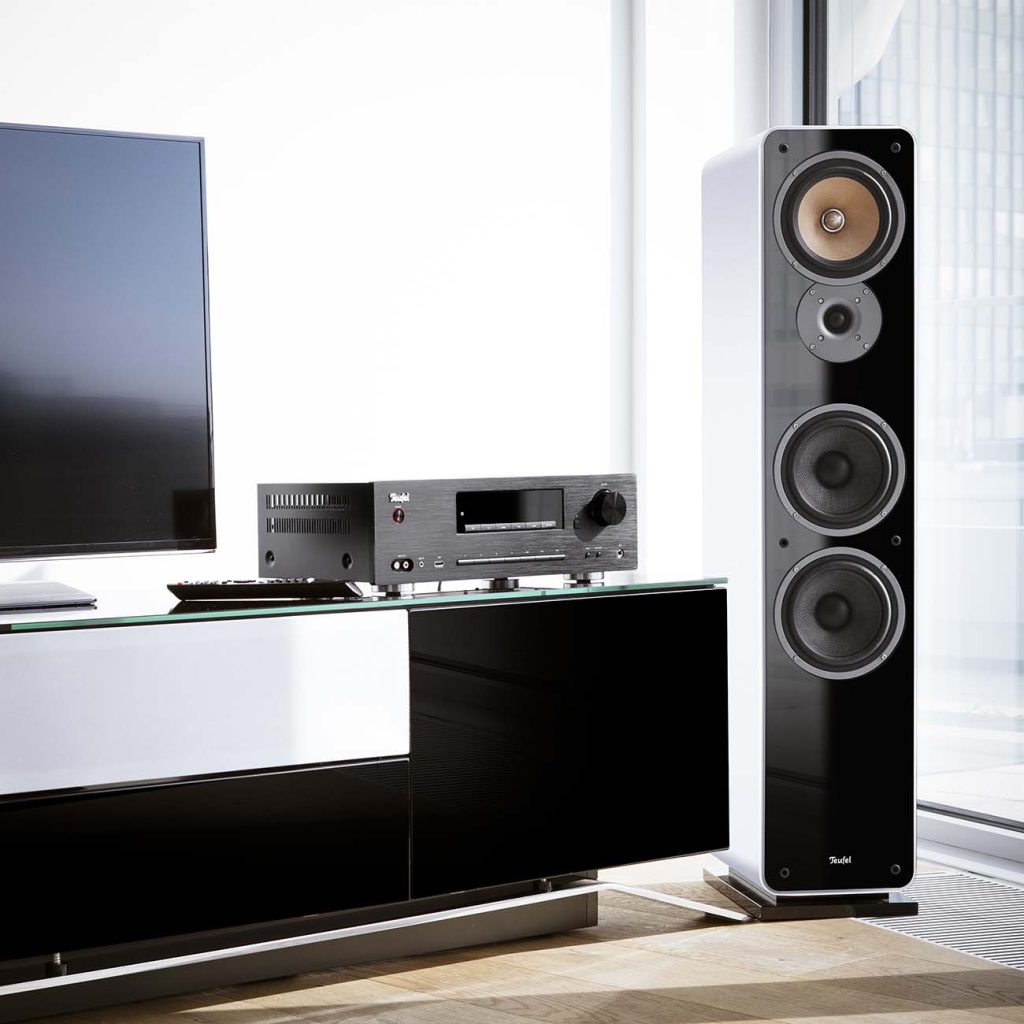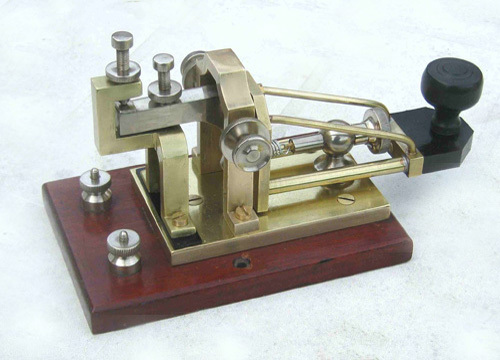Those interested in hi-fi will encounter ohms sooner or later. Ohms, depicted by the nifty little omega symbol (Ω), measure electrical resistance within a circuit. Not to fear! One need not have a degree in physics or electrical engineering in order to understand the practical implications of impedance for loudspeakers and amplifiers. The following will cover the basics when it comes to your stereo or home cinema system.
Ohm, as in Ohm’s Law
More than just a yoga mantra, ohms are the international unit of measurement for electrical resistance, also known as impedance. Resistance refers to the opposition to the current offered by the substance through which it travels. Copper, for instance, offers very little resistance to electric current.
Ohms, an important way of predicting how an electronic device will react to an electrical signal, were first defined by the German physicist Georg Ohm. In 1827, Ohm published a treatise describing the relationship between voltage, electrical current and resistance that would become known as Ohm’s Law. A mathematical equation describes this relationship, whereby current flowing through a conductor between two points is proportional to voltage, but inversely proportional to resistance:
• R = V/I
• I = the current flowing through the conductor measured in amperes
• V = voltage across the conductor measured in volts
• R = the conductor’s resistance in ohms
Ohm’s Law allows the resistance of any conductor to be measured as long as one knows the voltage and amperage of the current flowing through it. This was a very practical calculation back in the early 1800s when the telegraph, the first electric device to experience widespread use, was becoming established. It made it possible to determine how much voltage was actually necessary to run a device — or send a signal. This made Ohm’s Law an important contribution to the establishment of the telegraph and other electrical devices from lightbulbs to loudspeakers. Is it any wonder than the international unit of electrical resistance would be named after him?
While the formula looks intimidating, the principle behind Ohm’s Law can be explained with the following metaphor: A horse is pulling a wagon filled with roof tiles up a hill. The horse’s power is comparable to the voltage. The number of bricks in the wagon is comparable to the amperage, otherwise known as the number of electrons flowing through the conductor. The slope of the hill is like the resistance. As the hill becomes steeper, the horse will be able to carry fewer bricks to its destination.
Nominal impedance and how impedance applies to loudspeakers
When the audio signal travels from the amplifier to the loudspeaker in the form of alternating current, the current meets with resistance from the loudspeaker. How high this resistance is depends on the speaker. Most loudspeakers have an impedance of 4 ohms, but higher (8 and 16) and lower (2) values are possible. The impedance specification of an amplifier, on the other hand, indicates which loudspeakers it should be pair with.
Many loudspeakers list something called “nominal impedance” in their technical data. This is basically a way of stating an approximate impedance value for the speaker, usually the lowest value. Why “approximate”? Well, impedance varies depending on frequency so a speaker’s impedance will vary depending on the audio signal is receives. It would be incredibly complex – and take up a lot of space in the technical data section of a product detail page – to name all the impedance values for a speaker within the frequency spectrum found in a signal. And remember that a speaker typically receives many frequencies simultaneously. For this reason, a nominal or approximate impedance is given and this is often listed as a range. For instance, 4 to 8 ohms is a typical nominal impedance for a loudspeaker. Teufel’s popular stereo tower speakers, the Ultima 40 has a nominal impedance of 4 to 8 ohms.

What happens if the ohm value for a speaker doesn’t match the amplifier value?
According to Ohm’s Law, the following holds true: The lower a loudspeaker’s impedance, the more electricity will be delivered from the amplifier. If too much electricity flows, the sound can become distorted or the safety circuit within the amplifier can become overheated, causing the amplifier to shut down. The worst case scenario is damage to a transistor. For this reason, it’s important to match the impedance values of loudspeakers to the amplifiers that power them.
An amplifier with a value of 6 ohms, for instance, can be paired with a loudspeaker with a nominal impedance of 4 to 8 ohms.
In practice, pairing loudspeakers with a nominal impedance of 4 ohms with 6 ohm amplifiers rarely leads to problems. Of course, if the amplifier were to be turned up to its highest volume levels over a longer period of time, the sound could be affected and the system might even burn out.
Concluding meditation on ohms and impedance
• Ohms are units for measuring resistance to current and voltage, otherwise known as impedance, within a conductor
• Ohm’s Law states that the level of current increase as impedance increases (at equal levels of voltage)
• Loudspeakers exert a specific impedance measured in ohms
• Since impedance varies with frequency, a single exact impedance value cannot be given for a loudspeaker. For this reason, a “nominal impedance” is usually listed.
• The value given for a speaker’s nominal impedance is generally the lowest impedance value for the frequency response.
• If a loudspeaker’s value is lower than that of the amplifier, the sound can become distorted. In a worst case scenario, the amplifier can shut down or become damaged.






